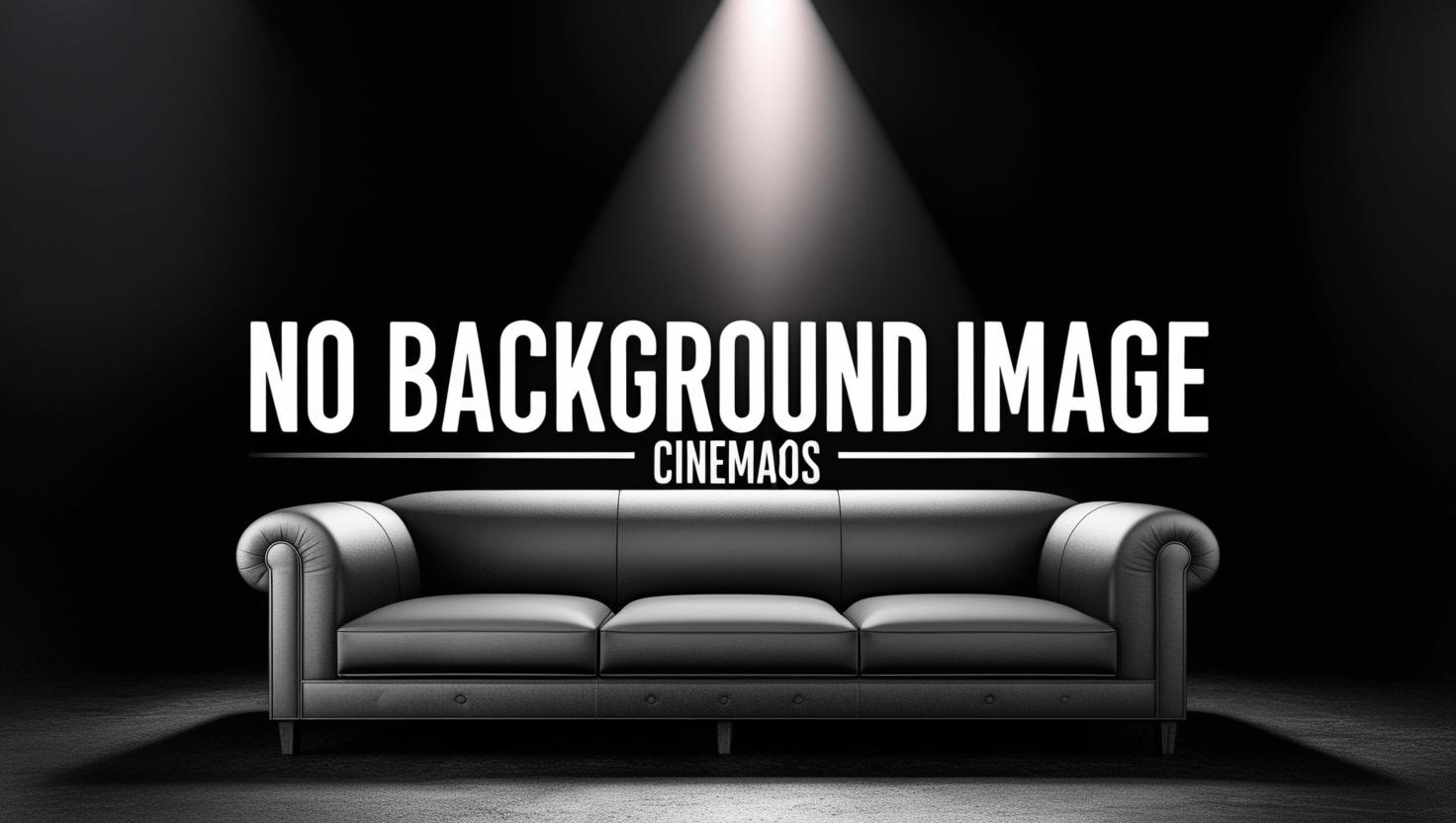
Tingog sa Carbohanon
0
0.0(0 votes)
Documentary
Overview
Carbon vendors fight for their rights to protect their stalls from oppressors.
Links & Resources
Social & External
Cast & Crew
1 member
Acting
Austin Licup
Narrator (voice)
No Image

Carbon vendors fight for their rights to protect their stalls from oppressors.
Social & External
Narrator (voice)